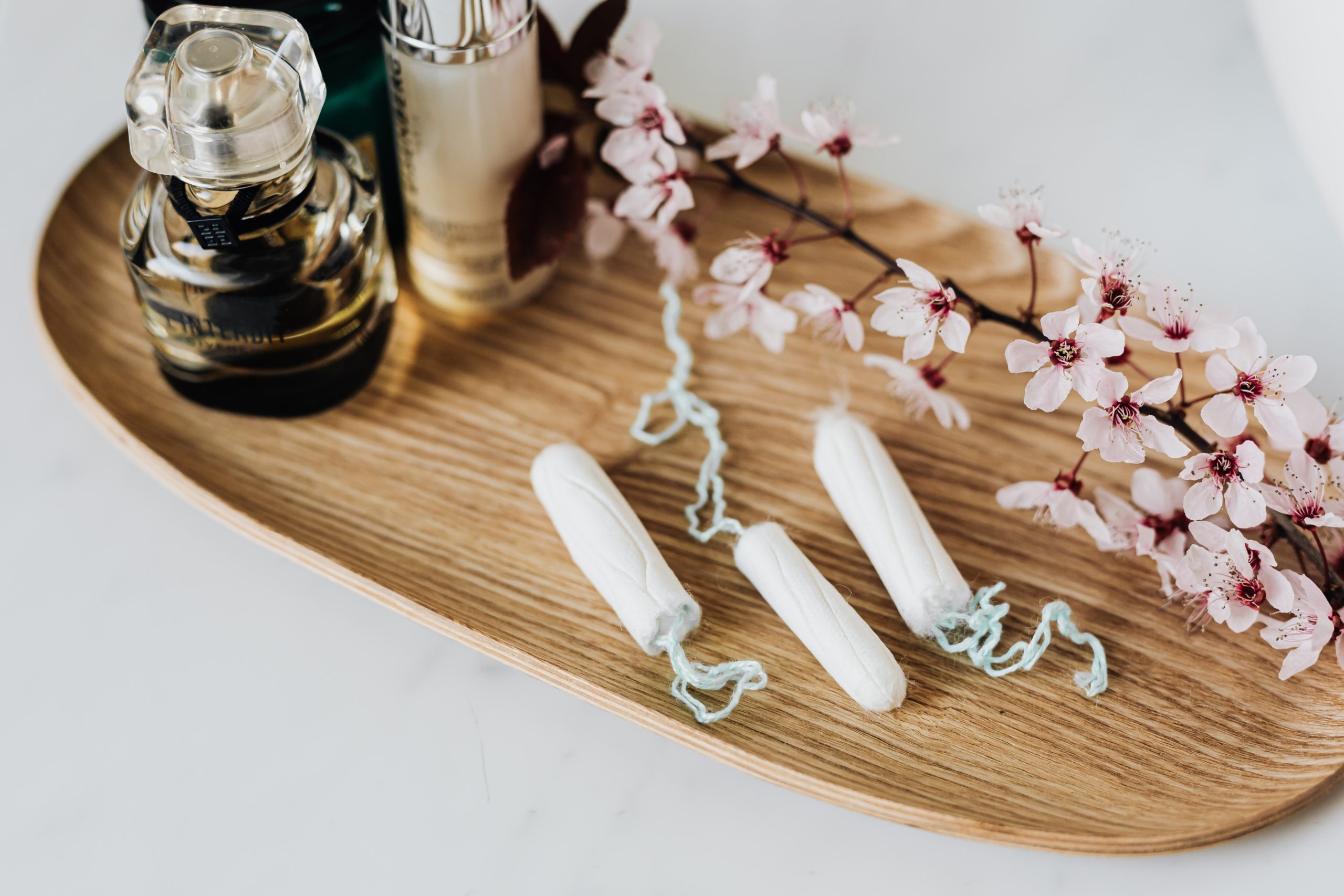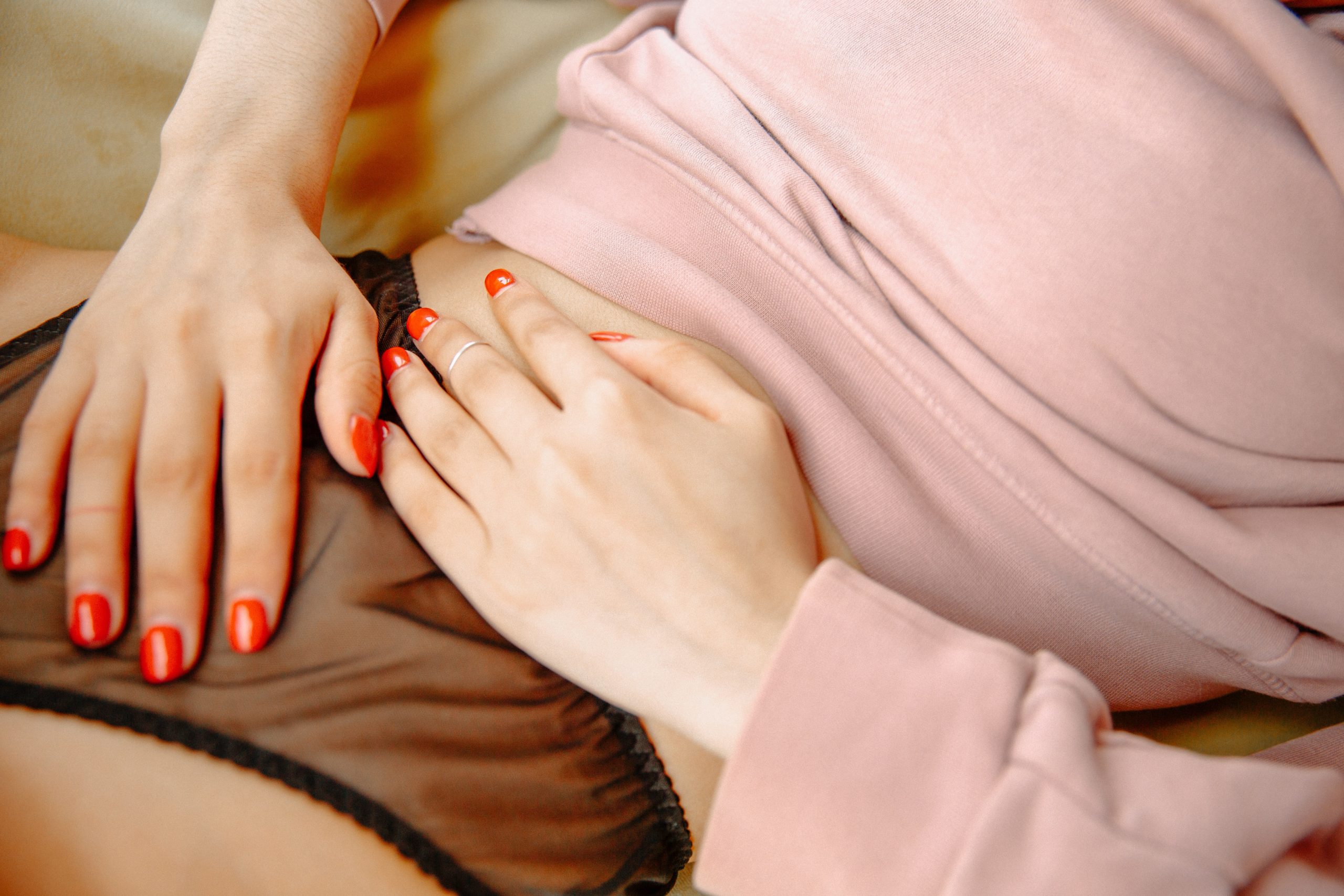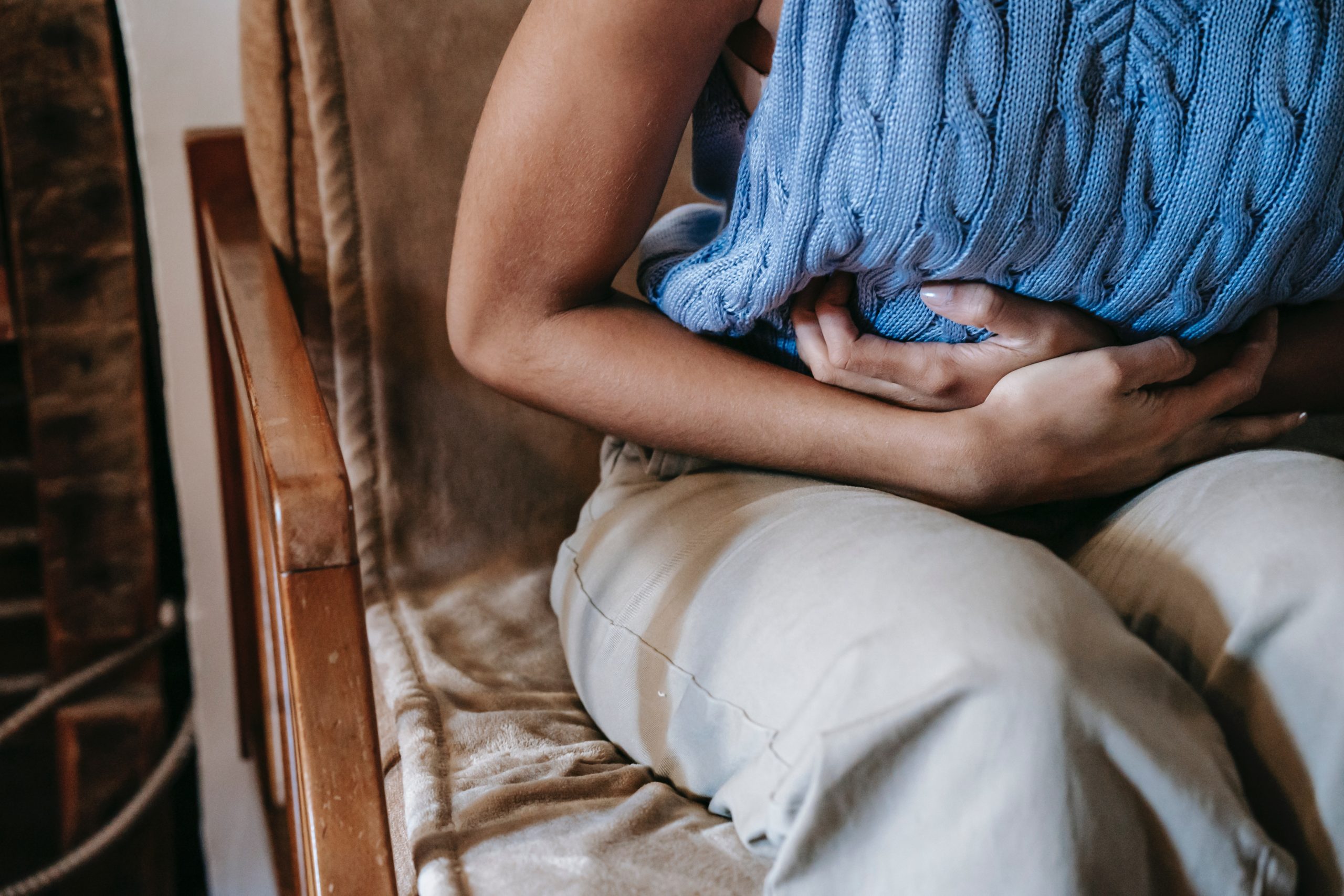Menstrual cycle happens in the stages. During the years between puberty and menopause, a lot happens in female body. Each month of year between this time woman’s body goes through a lots of changes in preparation for the possibility of pregnancy. This series of events is called as menstrual cycle.
Each month, one of the ovaries releases an egg and the process called ovulation. At the same time, hormonal changes prepare the uterus for the possible pregnancy. If the egg isn’t fertilized and pregnancy doesn’t happen, the lining of the uterus sheds through the vagina which is called a menstrual period. In this case cycle start again next month.
The average length of the menstrual cycle is 28–29 days and last 2 to 7 days, but this can vary from woman to woman and from one cycle to the next cycle. The length of a menstrual cycle is calculated from the first day of your period to the day before your next period starts.
The first period usually begins between the twelve to fifteen years of age. They may occasionally start as early as eight years of age.
Table of Contents
4 stages of menstrual cycle are as follows:
- Menstrual
- The follicular phase
- Ovulation
- The luteal phase
The first stage of menstrual cycle is: Menstrual
This is a very first stage of your menstrual cycle when you get your period. Day 1 is first day of bleeding. Menstrual phase starts when an egg from the previous cycle isn’t fertilized, because pregnancy hasn’t taken place therefore the levels of the hormone’s estrogen and progesterone drop.
Menstruation is the process of the elimination of the thickened lining of the uterus (endometrium) from the body through the vagina. Menstrual fluid contains thick blood cells from the lining of the uterus called endometrial cells and the mucus. The average length of a period is between four days to seven days.
You can have symptoms like cramps, tender breast, bloating, mood swings, irritability, headache, tiredness, and low back pains etc.
The second stage of menstrual cycle is: Follicular phase
This phase starts on the first day of period and end when you ovulate. This phase overlap with the first stage which is menstrual phase. During this phase the hypothalamus sends a signal to your pituitary gland to release follicular stimulating hormone, that stimulates your ovaries to produce around 10 to 20 small follicles and each follicle contains an immature egg. Usually, only one follicle will turn into a mature egg and others die. The growth of the follicles stimulates the lining of the uterus to thicken in order to prepare your body for possible pregnancy.
The average follicular phase lasts about 14 days for an average 28 days cycle. Generally its range from 11 to 27 days depending on your cycle.

The third stage of menstrual cycle is: Ovulation phase
When estrogen level rises up during the follicular phase, this triggers pituitary gland to release luteinizing hormone (LH), this starts the process of ovulation.
Ovulation is the process in which your ovary releases a mature egg and the egg travels down the fallopian tube toward the uterus to be fertilized by sperm.
The ovulation phase is the time during your menstrual cycle when you can get pregnant and these are considered as most fertile days of a month. The life of the typical egg is only about 24 hours. If it will not meet a sperm during this time, it will die.
When you want to have a baby, you can increase your chance of getting pregnant if you know about the ovulation and the ‘fertile window’ in the menstrual cycle. Ovulation happens around 14th days of your period if you have a cycle of 28 days.
The symptoms of ovulation can be
- Rise up in basal body temperature
- Change in Cervical mucus like thick egg white.
The last stage of menstrual cycle is: Luteal phase
After the release of the egg, levels of FSH and LH decrease and it changes into the corpus luteum. This corpus luteum starts releasing progesterone with some small amounts of estrogen. This combination of hormones maintains the thickened lining of the uterus and wait for the fertilized egg to implant.
Trying to get pregnant with irregular period, increase the chances of getting pregnant.
If egg is fertilized and you get pregnant, your body will produce HCG (human chorionic gonadotrophin) hormone that helps to maintain the corpus luteum and keeps the uterine lining thick. This is hormone that pregnancy test detects.
If the pregnancy does not occur, the corpus luteum will shrink away, that leads to estrogen and progesterone level to drop, which cause the onset of next period.
Tracking your period
Every woman’s menstrual cycle is different. Some women get their period at the same time each month and for some women their periods are irregular. Some women bleed more heavily or for a longer number of days than others.
Your menstrual cycle can also get affected during certain times of your life. For example, during Menopause.
One way to find out if you’re having irregularities with your menstrual cycle is to keep a track of your periods.
- End date. Calculate how long does your period typically last and are they longer or shorter than usual?
- Flow. Record whether the flow is heavy or light.
- Abnormal bleeding. Are you having bleeding in between periods?
- Pain. Look for the pain that you are having. Does the pain is more than usual?
- Other changes. Any other changes that are happening around the time.
What is normal period?
The typical menstrual cycle is 28 days long, but each woman is different. Also, a woman’s menstrual cycle length might be different from month-to-month. Your periods are still “regular” if they usually come every 21 to 35 days. This means that the time from the first day of your last period up to the start of your next period is at least 21 days but not more than 35 days.
During normal menstrual bleeding:
- Your period lasts for 3-8 days
- Your period comes again every 21-35 days
Period that are not normal
Average length for a cycle is 28 days, but a cycle from 21 to 35 days is also considered normal. The period that is not normal can have following signs:
- You’ve skipped periods, or your periods are missing.
- Your periods are not regular.
- Your bleeding last for more than seven days.
- You are getting periods which are less than 21 days or more than 35 days apart.
- You have bleeding or spotting between periods.
If you have any of the above problems then you should consult to your health care provider.
What is the usual age to get first period?
A girl may start her period anytime between 8 and 15. The average age for a girl to get her first period is 12. The first period normally starts about two years after breasts first start to develop and pubic hair begins to grow. A girl should see her doctor if:
- Starts her period before age 8.
- She has not had her first period by age 15.
- She has not had her first period within three years of breast growth.
How many years does a woman have her periods?
On average, women get a period for about 40 years of their life. Most women have regular periods until perimenopause, the time when your body begins the change to menopause. Perimenopause, or transition to menopause, may take a few years. During this time, your period may not come regularly. Menopause happens when you have not had a period for 12 months in a row.
There is no set age at which all women will start to go through menopause, but it is considered perfectly normal for a woman to go through it any time between the ages of 35 and 59. For most women, this happens between the ages of 45 and 55.
If you do stop menstruating before you turn 40, you should be tested to make sure that your missed periods are due to menopause and not some other cause. Also note that changes in your cycle might be gradual. Menopause symptoms don’t stop or start in one night.
Final Note
Every woman’s menstrual cycle is different. It’s very important to know about your menstrual cycle, including when you get your periods and how long they last. Stay alert and keep track of any changes, irregularities and talk to your healthcare provider.





